Whether they’re giving their hair a curl or breaking out the straighteners, many people wouldn’t dream of starting the day without some sort of hair treatment.
But scientists now warn that your morning hair routine could be putting you at serious risk.
According to researchers from Purdue University, ten to 20 minutes of heat-based hair care exposes you to over 10 billion nanoparticles.
That is as much nanoparticle pollution as you would get standing in heavy motorway traffic.
When you use a heat tool like a straightener or curling iron, it heats your hair to temperatures higher than 150°C (300°F).
That heat vaporises volatile chemicals found in products such as conditioners, hair sprays, or creams, and releases them into the air in the form of tiny pollutants called nanoparticles.
Those particles are deposited directly into the airways, with most ending up in the pulmonary region – the deepest and most sensitive part of the lungs.
The researchers warn that these particles can lead to serious health risks, including respiratory stress, lung inflammation, and even cognitive decline.
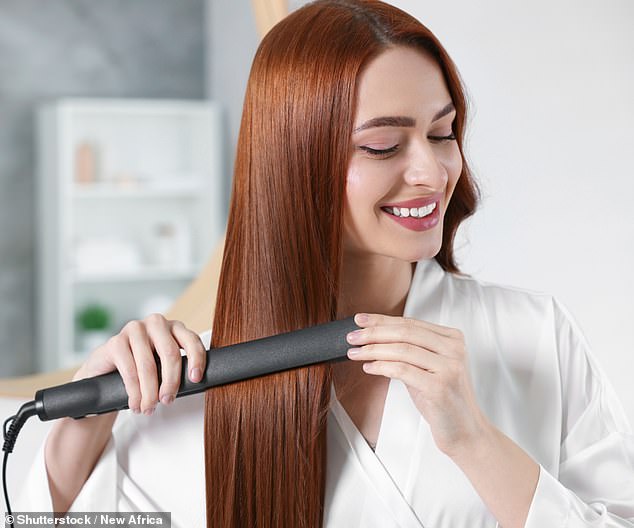
The study found that ten to 20 minutes of treating your hair with heat releases 10 billion nanoparticles that are deposited directly in the respiratory tract
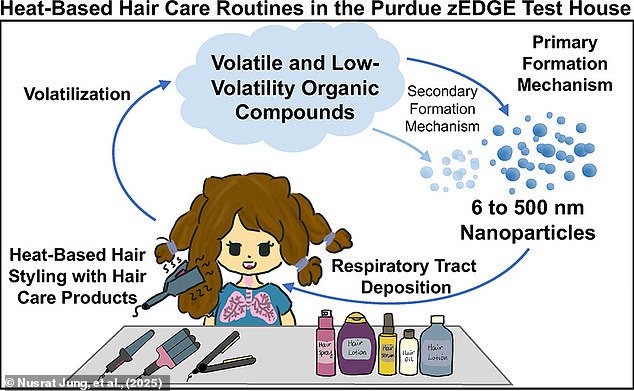
Haircare products – such as shampoos, lotions, gels, oils, waxes, and sprays – are potentially hazardous to your health because they combine volatile chemicals with intense heat
Lead researcher Dr Nusrat Jung says: ‘This is really quite concerning.
‘Studies of this kind have not been done before, so until now, the public has had little understanding of the potential health risks posed by their everyday haircare routines.’
Haircare products – such as shampoos, lotions, gels, oils, waxes, and sprays – are potentially hazardous to your health because they combine volatile chemicals with intense heat.
When heated at temperatures up to 150°C (300°F) by curlers or straighteners, normally safe hair products start to produce dangerous compounds.
Not only does this heat release a cloud of chemicals into the air, but it also causes the product to undergo chemical reactions to produce new particles.
In their previous work, Dr Nusrat and her PhD student, Jianghui Liu, found that heat treatments released large amounts of a chemical called D5 siloxane.
D5 siloxane is typically used in hair products for its ability to give things a smooth texture and sheen.
However, the European Chemicals Agency classifies D5 siloxane as ‘very persistent, very bioaccumulative’.
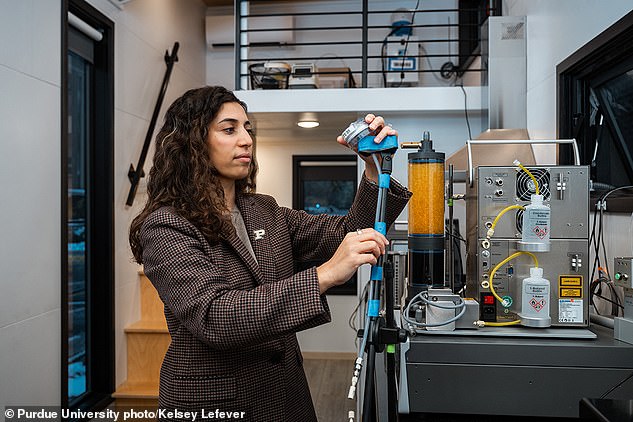
Nusrat Jung of Purdue University (pictured) has warned that your daily hair treatment regime could expose you to as much pollution as standing in heavy traffic
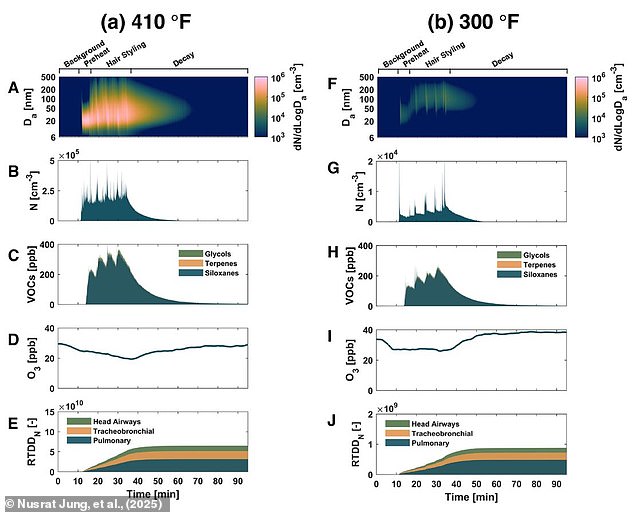
The graphs show that more nanoparticles are released as hair is treated with heat during straightening or curling
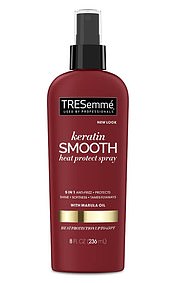
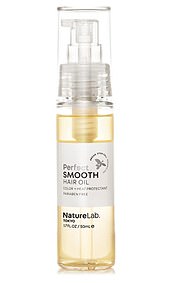
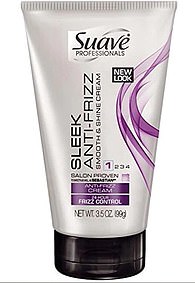
The researchers’ previous studies found that treatments containing chemicals called siloxanes released high levels of toxic chemicals when heated. The study did not list specific brands or products explicitly, though the ingredients listed for the products used in the study match those listed on the above-pictured products
The chemical has been found to cause damage to the respiratory tract, liver and nervous system of laboratory animals.
In their latest study, Dr Jung and Ms Liu found that the situation was even worse than they had initially thought.
The researchers invited participants to bring their own hair treatment products and heat tools to a lab specially designed by Dr Jung to monitor airborne particles.
The participants then treated four sections of their hair as they would in their own homes.
Specialised monitors then measured the presence of volatile particles in the air over the next hour.
This showed that the heat treatment released large volumes of nanoparticles, including toxic volatile compounds like D5 siloxane.
Dr Jung says: ‘When we first studied the emissions from haircare products during heat surges, we focused on the volatile chemicals that were released, and what we found was already quite concerning.
‘But when we took an even closer look with aerosol instrumentation typically used to measure tailpipe exhaust, we discovered that these chemicals were generating bursts of anywhere from 10,000 to 100,000 nanoparticles per cubic centimetre.’

Straighteners, curlers and hair wavers all release large amounts of a chemical called D5 siloxane, which is classified as a ‘very persistent, very bioaccumulative’ by the European Chemicals Agency
Levels of emissions were particularly high from ‘leave-in’ treatments designed to be heat-resistant, such as hair sprays, creams and gels.
According to their study, published in the journal Environmental Science and Technology, hair treatments present a significant and previously underestimated source of nanoparticle pollution.
In order to avoid the potential harms of inhaling nanoparticles, the researchers recommend avoiding such products entirely, especially in combination with heat treatment.
If that is not possible, the researchers recommend trying to keep your exposure to nanoparticles as low as possible.
Ms Liu says: ‘If you must use haircare products, limit their use and ensure the space is well-ventilated.
‘Even without heating appliances, better ventilation can reduce exposure to volatile chemicals, such as D5 siloxane, in these products.’











